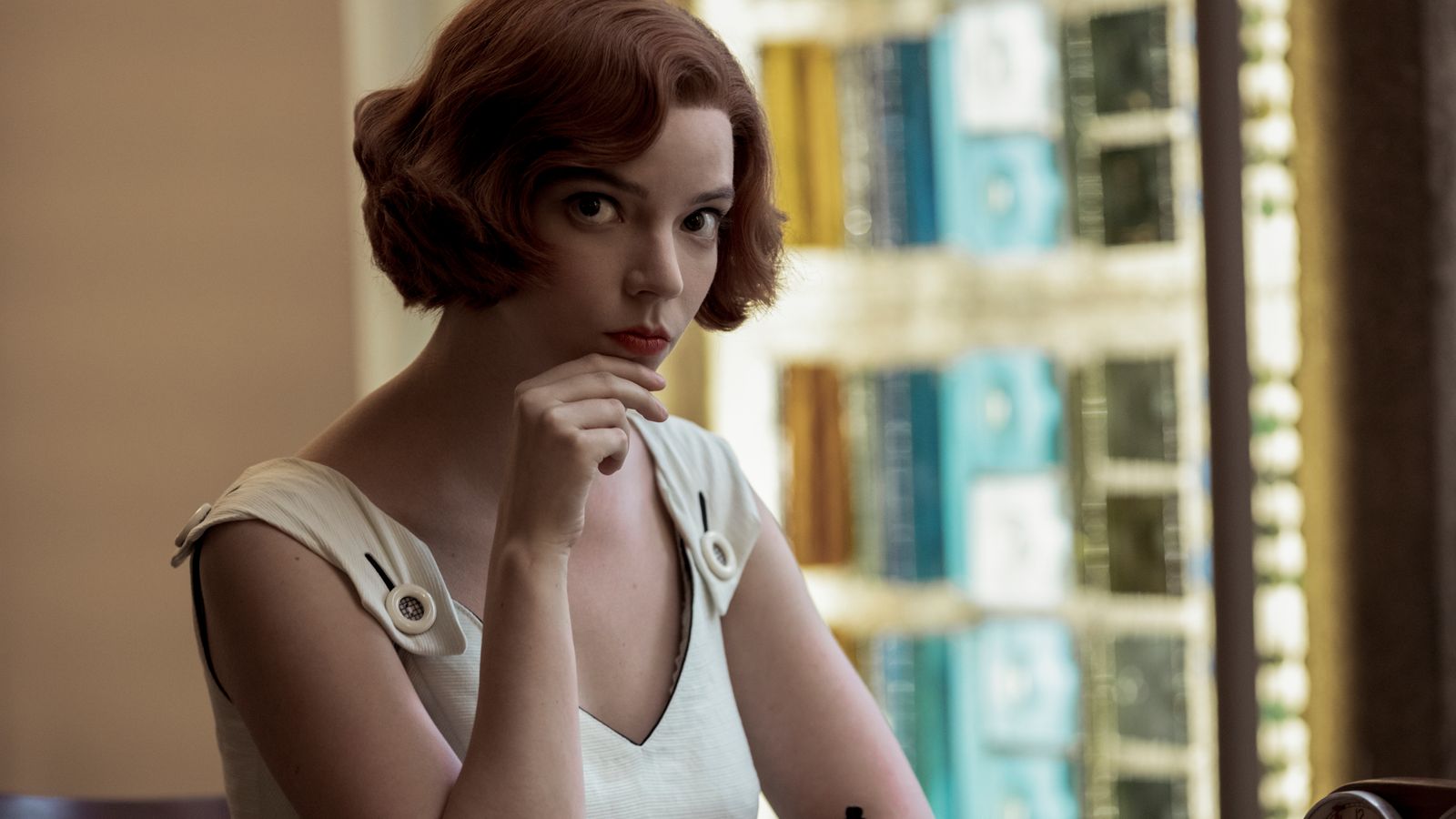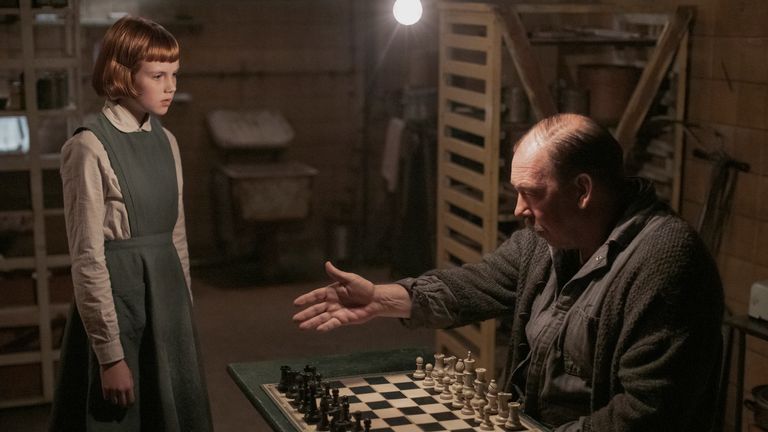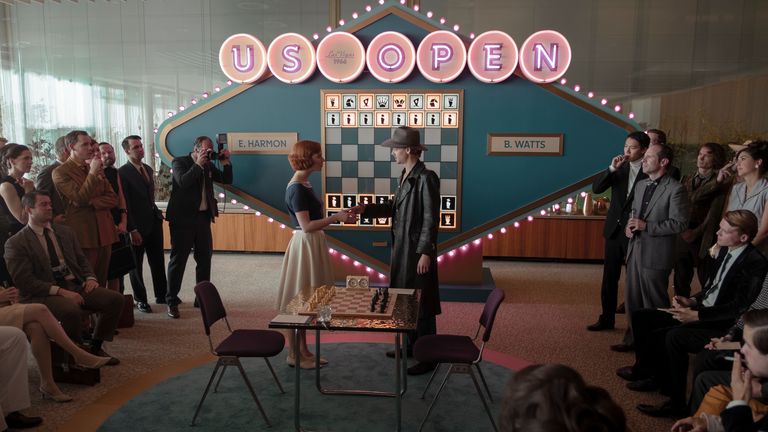“Men are gonna come along and want to teach you things,” chess prodigy Beth Harmon is told as a little girl. “Doesn’t make them any smarter.”
Years later, now a young woman and star of the game, she is asked how it feels “to be a girl, among all those men”.
This is the theme at the heart of The Queen’s Gambit, the story of a complex, stubborn and brilliant female chess champion with a killer wardrobe, playing in a man’s world. It has become a perhaps unlikely TV success story of 2020, with 62 million homes tuning in to binge the series in its first month – a record for one of Netflix’s limited scripted shows.
An esoteric game, chess is not an obviously sexy subject for a TV drama, but fans have tuned in in their droves to see Peaky Blinders star Anya Taylor-Joy’s Harmon taking on the big boys and winning, while discovering that genius can come at a cost. The Queen’s Gambit, Sicilian Defence, backward pawns – we’ve learned the terms, been gripped watching the moves, and sales of chess boards are reportedly on the increase around the world as a result.
Based on the novel by Walter Tevis and set in the Cold War era, viewers meet Harmon as she is taken in by a Kentucky orphanage in the late 1950s following her mother’s apparent suicide.
It is here that her astonishing talent is discovered by a janitor, who spends time teaching her in the basement. But she is also addicted to tranquilisers and alcohol, and you see her grow up to become a glamorous outcast, a woman determined to win whatever it takes.
The series has featured in the top 10 programme rankings in 92 countries, according to Netflix, and has been the number one streamed programme in 63 – including the UK, Argentina, Israel and South Africa.
Writer Stephen King, a man who knows a thing or two about how to tell a decent tale, tweeted to say he has found the series “utterly thrilling”.
In her review, Variety TV critic Caroline Framke concluded: “What could’ve just been a clever show quickly becomes a portrait of a special, flawed person that reveres her fire as much as her brilliance.”
In The Hollywood Reporter, critic Daniel Fienberg describes Taylor-Joy’s performance as a “tour de force” that “deserves awards recognition over the months to come”, and says the show is “smart, lavishly produced television for inquisitive grown-ups”.
:: Subscribe to the Backstage podcast on Apple Podcasts, Google Podcasts, Spotify, Spreaker
Lucy Mangan, in The Guardian, says the show “looks gorgeous, the main performances are superb, the vital chess exposition neatly done”.
And it is not just TV critics who have been lured in.
Experts in a subject can be quick to pick out mistakes when said subject is portrayed on screen, but it seems even the chess champs are on board with this one, with the International Chess Federation sharing several tweets about the show.
Writing in the New York Times, chess master and journalist Dylan Loeb McClain says: “When it comes to how chess is portrayed on screen, chess players are a notoriously picky and unforgiving crowd. We will pounce on any mistake. Though The Queen’s Gambit has its flaws, in the end the series is a clear winner.”
This is why the show has been such a success. Not only does it look beautiful and have a true star in Taylor-Joy, it seems it knows its chess, too.
A rags-to-riches tale with an edge, The Queen’s Gambit manages to bring high-stakes drama and glamour to a game that perhaps many would never have considered to be synonymous with either – until now.


